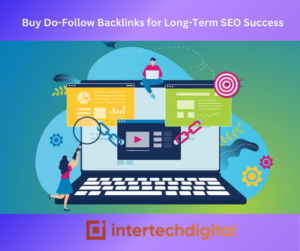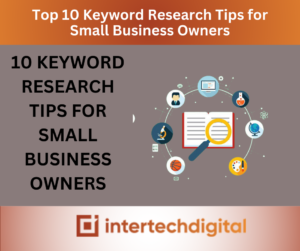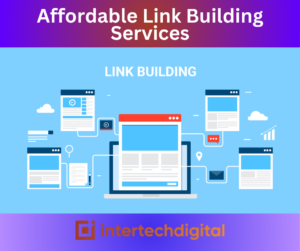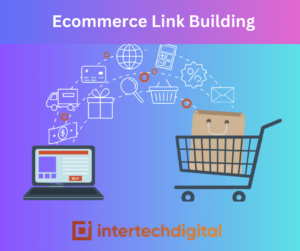
Facebook has 2.79 billion users worldwide, making it the most popular social media site on the planet. This figure is projected to rise from 228.6 million in 2015 to 237.8 million in 2025 in the United States. The estimated population represents 69.1% of the total population of the United States. Over the last four years, consumption penetration has increased by just 1.9 percentage points.
As a result, it’s no wonder that Facebook is an excellent place for businesses to focus their marketing efforts. With the growing capabilities of the ad network, advertisers now have various options for reaching their target audience through Facebook ads. I’ve distilled my Facebook advertisement experience into ten-pointers that marketers can keep in mind while using the site to achieve their objectives. Inside Facebook’s ad network, you’ll find some of the most recent developments as well as some of the more conventional strategies that can help the brand successfully leverage social media marketing efforts.
Ad Drop-Off Can Be Avoided
You want to keep the drop-off as low as possible in a Facebook ad, particularly if it’s a direct response that campaign driving a user to a landing page. Drop-off occurs when users are required from an ad to a campaign-specific landing page for various reasons. Perhaps a user does not want to leave the site to complete a specific action, or perhaps the landing page offers an entirely different experience than the user expected. Driving users to a landing page may be a leaky part of the funnel, but there are ways to try to fix it. Lead Ads are one of my favorite (and newest) Facebook advertising objectives.
This type of advertisement allows a user to fill out a lead capture form without ever leaving the Facebook site – and with just two clicks. This is a highly successful method of advertisement that can help you prevent ad drop-off and boost your campaign’s effectiveness. Users would be much more likely to take the desired action of the ad if the conversion process is streamlined and simplified for them. With a lead ad, you will collect the details that would usually be captured by form fills on a landing page with a direct answer ad. Another thing to bear in mind when attempting to lower your drop-off rates is to make sure your content is consistent with your brand. It’s critical to have a user interface that’s straightforward and simple to understand, or you risk losing them.
A/B Test
Continuing with the ad drop-off example, let’s assume you’re having no trouble driving traffic to the website, but your actual lead count doesn’t reflect this. To achieve your campaign goals, you must first determine why this is happening and tailor your efforts accordingly.
Here are a few things to think about:
- The landing page’s overall appearance and feel. Is it in keeping with the brand? Is it perplexing to users?
- On the landing page, the appropriate form fields for submission. Although you want to collect the details you need to qualify a lead or incorporate a user into your sales funnel; you also don’t want to scare users away by asking for too much data. Try running an A/B test with different versions of the landing page and comparing the results to figure out why this drop-off or lack of submissions is happening. This technique will assist you in determining which methods will be most successful with your target audience.
Make the Most of Life’s Opportunities
Facebook has a wealth of knowledge on who we are as individuals. You can reach your target audience using Facebook’s Life Events targeting by leveraging the platform’s depth of information about its users and incorporating that level of knowledge into your targeting strategy.
If you’re a moving company or a storage facility, for example, you may want to target people who are moving or have recently moved during a particular life event. If you sell items that would be appropriate as wedding presents, you might target newlyweds. These Facebook life events will help you reach out to a more targeted audience.
Experiences that are straightforward and uncomplicated
Create a unified experience that guides users on a logical journey. This may seem to be common sense, but you’d be shocked by how many companies fail to understand it. If you want to encourage users to shop for your sale, guide them to the sale tab. Push people to the registration page if you’re encouraging newsletter sign-ups. Keep the experience quick and don’t make users search for the action you’re asking them to take.
The Influence of Goals
Pay more attention to the importance of goals. Although several plans can be effective in your campaign, there is typically one that works best. And, if you’re not sure, do an A/B exam!
This is an example of how to target people in your city if you’re running a local campaign. You can do this in a couple of different ways. Of course, try the aim of “reaching people near your business,” but other goals, such as “directing people to your website,” can also be effective.
Use the Audience Optimization Tool to Improve Performance.
By enhancing the relevancy of a post to viewers, the Audience Optimization tool lets publishers better reach and interact with their target audience. This tool is important for businesses with several locations but just one Facebook page.
If you have 50 locations throughout the United States and your audience varies by region, your messaging should be personalized to appeal to each of them. You can use the Audience Optimization tool to make specific posts accessible only to users in a particular location, interest, language, age, or gender. They are only seen by the people you want to see them. Users with the chosen interests/demographics will only see essential updates when they visit your Facebook page.
Consider Remarketing.
Let’s be honest, focusing all of your attention on converting a customer at the first touchpoint isn’t always a viable target. When a customer has been informed about your brand and has made an active decision that it is something they are interested in, they are much more likely to convert.
You can reach out to users who have already interacted with your brand using Facebook’s ad platform’s remarketing capabilities. You’ll remain top of mind until you connect with them again if you serve an ad to current users when they click through Facebook. Since the consumer is already acquainted with your brand, the ideal aim of remarketing is to build another touchpoint between them and your brand that leads to a conversion.
Learn about Facebook’s latest pixel and custom audiences.
There have been a few updates to the monitoring pixel and custom audiences that you’ll need to be aware of to monitor your efforts on Facebook accurately.
Here’s how it works: There will now be one pixel on each side of your website. What exactly does this imply? There will be less back-and-forth between you and your development team. From there, you can use the Facebook app to build your custom audiences. The older pixels will no longer function until the conversion to the new pixel is complete, but the code will not affect the web if it is left on the site.
Optimize on a Regular Basis
It’s critical to monitor the results of your social media marketing campaigns (both paid and organic) on a regular basis to maximize their efficacy and performance. You’ll get the best return on your ad spend and boost the success of your overall Facebook efforts by learning what works (and what doesn’t). Marketing on Facebook can be highly effective in reaching your target audience, but your efforts will be ineffective if done incorrectly. To create the best ads possible, take the time to observe best practices while still keeping on top of the platform’s latest developments.
Learn More:



